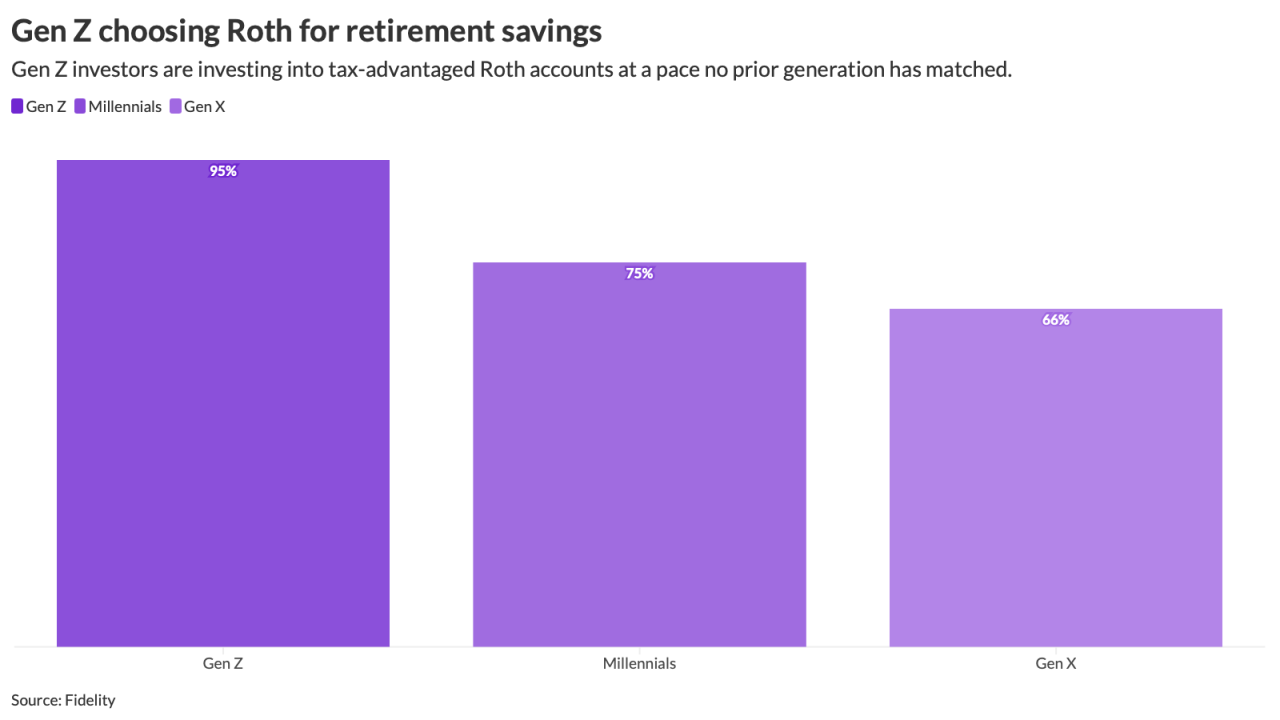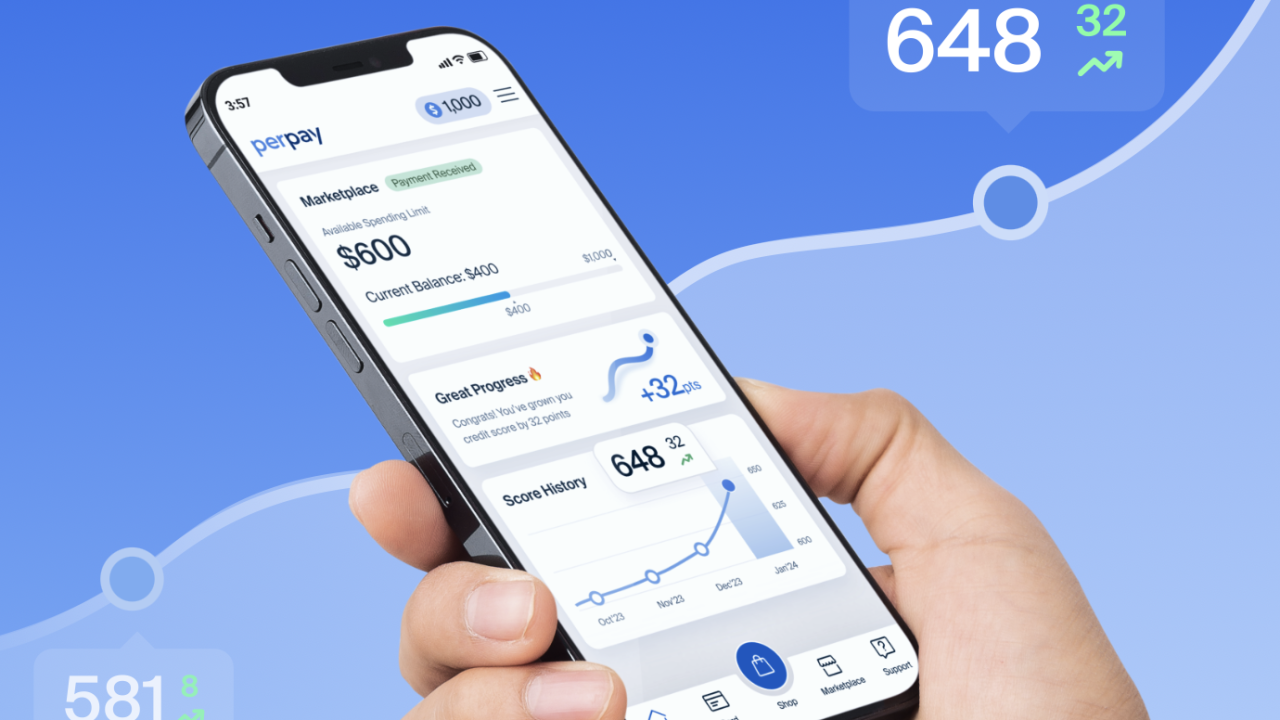After a less-than-gangbusters success in working to make patient records paperless, the federal government switched its focus to the Department of Labor agencies to take up the paperless mantle.
You all know the drill: Effective for plan years beginning on or after Jan. 1, 2009, all Form 5500s must be filed electronically using DOL’s new electronic filing program, EFAST2.
(Psst: The previous program, EFAST, will overlap with EFAST2 for six months and will continue to accept electronic filings through June 30.)
Whichever EFAST version you use, a duo of attorneys from McDermott Will & Emery, Nancy Gerrie and Nataline Nathanson, have put together a Letterman list of tips to keep you from seeing red as the Form 5500 goes green:
1. Before a plan can file a Form 5500 using EFAST2, the appropriate individuals must
2. Once an individual registers, he or she cannot go back to choose additional roles, so it is important to understand the roles each person will play before the registration process begins. The five available roles are Filing Author, Filing Signer, Schedule Author, Transmitter and Third Party Software Developer.
3. The individual who completes the online Form 5500 must register as the Filing Author and the individual who will sign the online Form 5500 must register as the Filing Signer.
4. The credentials an individual uses to register are personal and are not linked to the company. The registration process assigns a unique identification, personal identification number and password to each user.
5. The Form 5500 can be completed either by the Filing Author or a third-party administrator. If your TPA typically prepares your Form 5500, verify that the TPA is properly certified to prepare and submit the filing.
6. The Internal Revenue Code permits either the plan sponsor/employer or the plan administrator to sign the filing. However, the Form 5500 instructions state, “Any Form 5500 that is not electronically signed by the plan administrator will be subject to rejection and civil penalties under Title I of ERISA.”
7. Filings submitted under the EFSAT2 program will be posted on DOL’s website, so all social security information should be excluded from the filings. In addition, if your plan is a defined benefit plan and you maintain a company intranet, you must post certain information from the Form 5500 on the company’s intranet website.
8. Plans are no longer required to attach a copy of the Form 5558 (application for extension of time to file) to the Form 5500 filing. Filers who previously submitted a Form 5558 for the plan year now simply check the appropriate box on line D. Plans must retain a paper copy of the Form 5558, if any, with the plan’s permanent records.
9. Schedule E and Schedule SSA have been removed from the Form 5500. The annual registration statement must now be filed directly with the Internal Revenue Service.
10. Plans will be required to retain a paper copy of the Form 5500, with all required signatures, for their permanent records.
Got all that? Good. E-file away, friends.
Not much to tackle in the comments except: Any else besides me think it’s funny that you have to file electronically — ostensibly to save paper and be more green/efficient — but still have to keep a paper copy?





